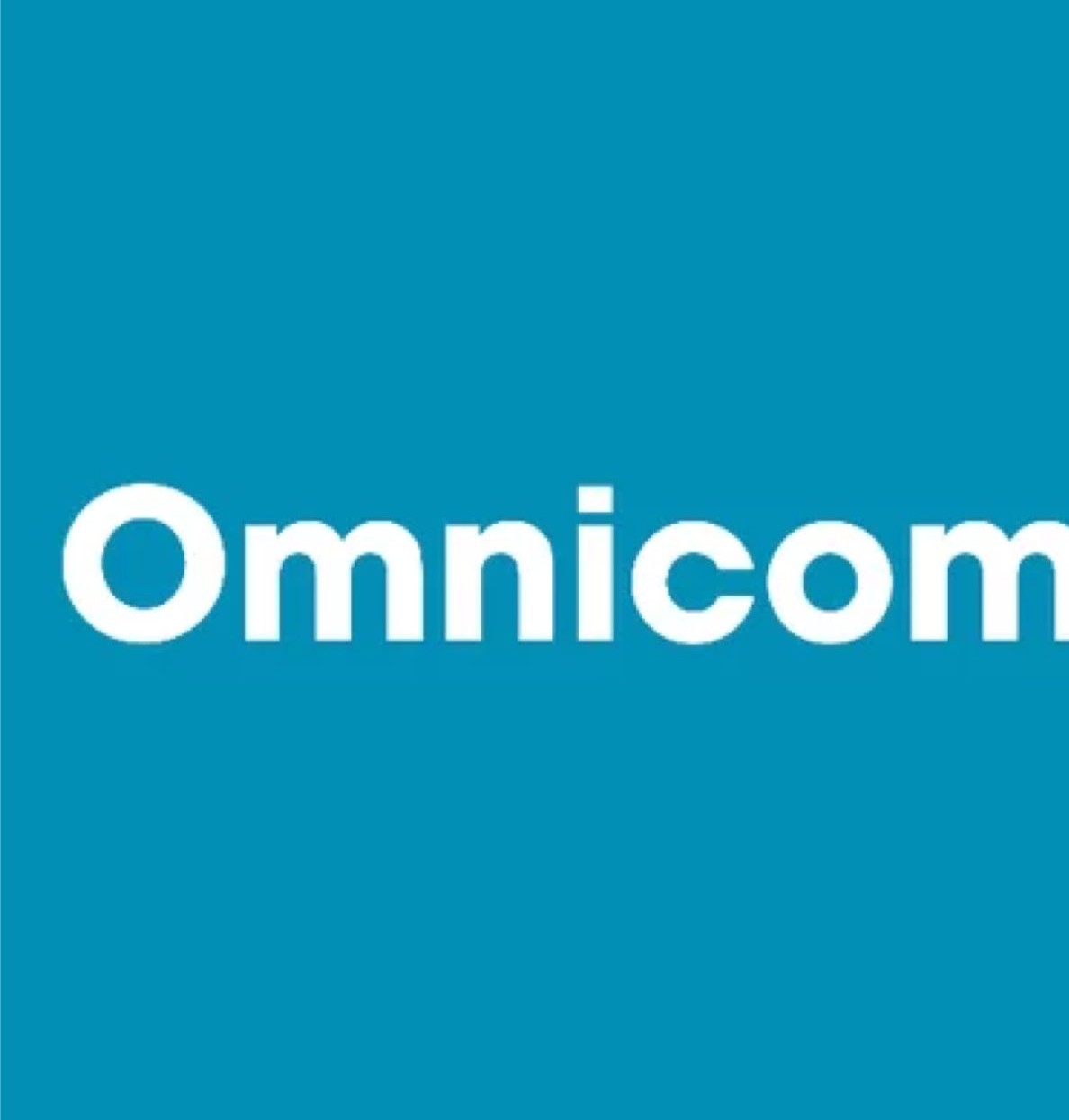We all know that good PR is about more than writing press releases – it’s about providing value for your audience, building strong relationships, engaging your audience and telling the story of a brand.
That’s all well and good, but if you’re looking for lessons that are a little more specific, I recently came across a fantastic article that lays out the seven elements of good PR and why they matter. The article is written from an agency’s perspective, but the lessons apply to anyone in the business of public relations, from startups to mid-size businesses to multinational corporations.
Here they are: The 7 Elements of “Good” PR, according to the author:
1. Good PR is telling the client what they need to hear instead of what they want to hear
Telling them what they want to hear doesn’t have the right impact or any impact at all really, other than a hit of dopamine. You’ll do your clients a disservice if you lie to them or do exactly what they want you to do. Remember: they hired you for a reason.
2. Good PR is not just about the over-glorified launch
Good PR helps build and sustain a groundswell of brand support — incrementally changing consumer behavior via a steady stream of relevant and candid communication to both “media” and “consumers.” It’s a long game. The launch is just the kickoff.
3. Good PR celebrates the client’s customers in an inclusive, non-exploitative way
It is called “public relations”. Creating a message and campaigns that do more than sell is extremely important. And, good PR welcomes the input of “neutrals” and especially “critics,” and adapts strategy accordingly. Balance is important and essential to success.
4. Good PR is proactive in idea generation and responsive in a crisis
Proactivity (being ready) vs. reactivity (deciding in the moment) is an important duality in PR. But being proactive will save your ass 100 times over. This means you have to have the time and energy to be prepared and alert, while also giving your brain the downtime it needs to be creative. Create time for yourself by optimizing your workflow or remanaging your schedule to include time to prepare, and time to think.
5. Good PR is measurable
And yet also hard to measure, since most clients want to measure different things. Measuring PR starts with setting good goals. Check out this 4 step plan to measuring PR and a wonderful list of analytics tools for PR to get you started.
6. Good PR leverages pre-existing relationships with influential people
Relationships built on trust and credibility earned over years of service. Just because things have shifted to a digital environment doesn’t mean there isn’t a dire need for good networking and relationships. Here’s some advice on how to influence influencers.
7. Good PR doesn’t need to know Larry Ellison or Kevin Rose or anyone in particular in the media, either.
Even though such relationships can come in handy, good PR almost always “gets ink” because a good story has been well-told to the right people.
That last sentence, “Good PR almost always ‘gets ink’ because a good story has been well-told to the right people,” really hits the nail on the head. We’ve made the same point many times at Prezly, mostly because it bears repeating: if your story isn’t creating meaning and value for the right people, no amount of spin or press attention will help you.
Source: Prezly







Comment
No comments found.